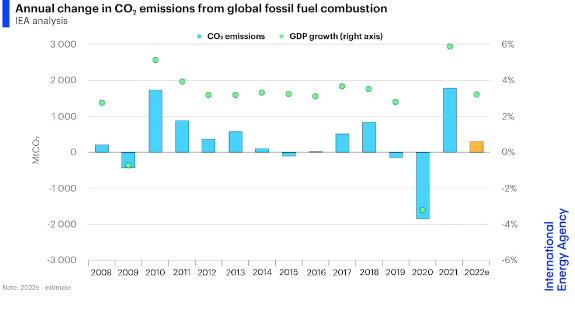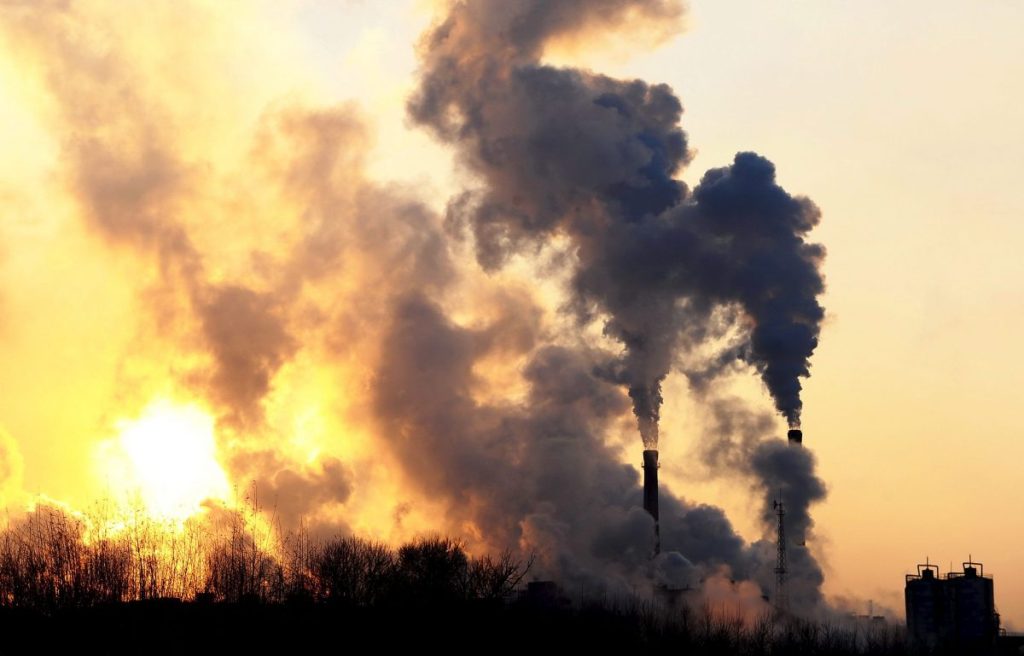Despite efforts to reduce greenhouse gas emissions that pollute the atmosphere and affect air quality, the efforts made by the public sector, together with private companies, are yielding significant results in the fight to mitigate climate change.
According to the most recent report by the International Energy Agency (IEA), global carbon dioxide (CO2) emissions from the burning of fossil fuels are expected to grow by just under 1% by 2022.
The study reveals that the most recent data from around the world shows that CO2 emissions are on track to increase by about 300 million tons in 2022, a much smaller increase than the 2 billion tons in 2021.
“The increase in global CO2 emissions this year would be much higher, more than tripling to around 1 billion tonnes, were it not for major deployments of renewable energy and electric vehicle technologies around the world,” the IEA details.

Read also: Enel X Way and Volvo Cars Chile Inaugurates Public Charger and Prepares 100 in Chile
Alternative Energy and War Impact
According to the Agency, solar PV and wind are leading an increase in global renewable electricity generation in 2022 of more than 700 terawatt-hours (TWh), the largest annual increase on record.
Without this growth, global CO2 emissions would be more than 600 million tons higher this year.
In the European Union, CO2 emissions are set to decline this year despite an expected temporary increase in coal. New renewable projects there should raise installed capacities by about 50 gigawatts by 2023.
In China, meanwhile, emissions are set to stagnate due to a combination of several factors, including the economic slowdown, the impact of the drought on hydropower production and the entry into service of many solar and wind installations.

Although the energy crisis caused by the Russian invasion of Ukraine has boosted global coal demand in 2022 as the price of natural gas has soared, the relatively small increase in CO2 emissions has been significantly outweighed by the expansion of renewables.
In that regard, IEA executive director Fatih Birol noted that the Ukrainian-Russian standoff has led to a scramble by many countries to use other energy sources to replace the natural gas supplies Russia has withheld from the market.
“The encouraging news is that solar and wind are filling much of the gap, and the increase in coal appears to be relatively small and temporary,” he stressed.







